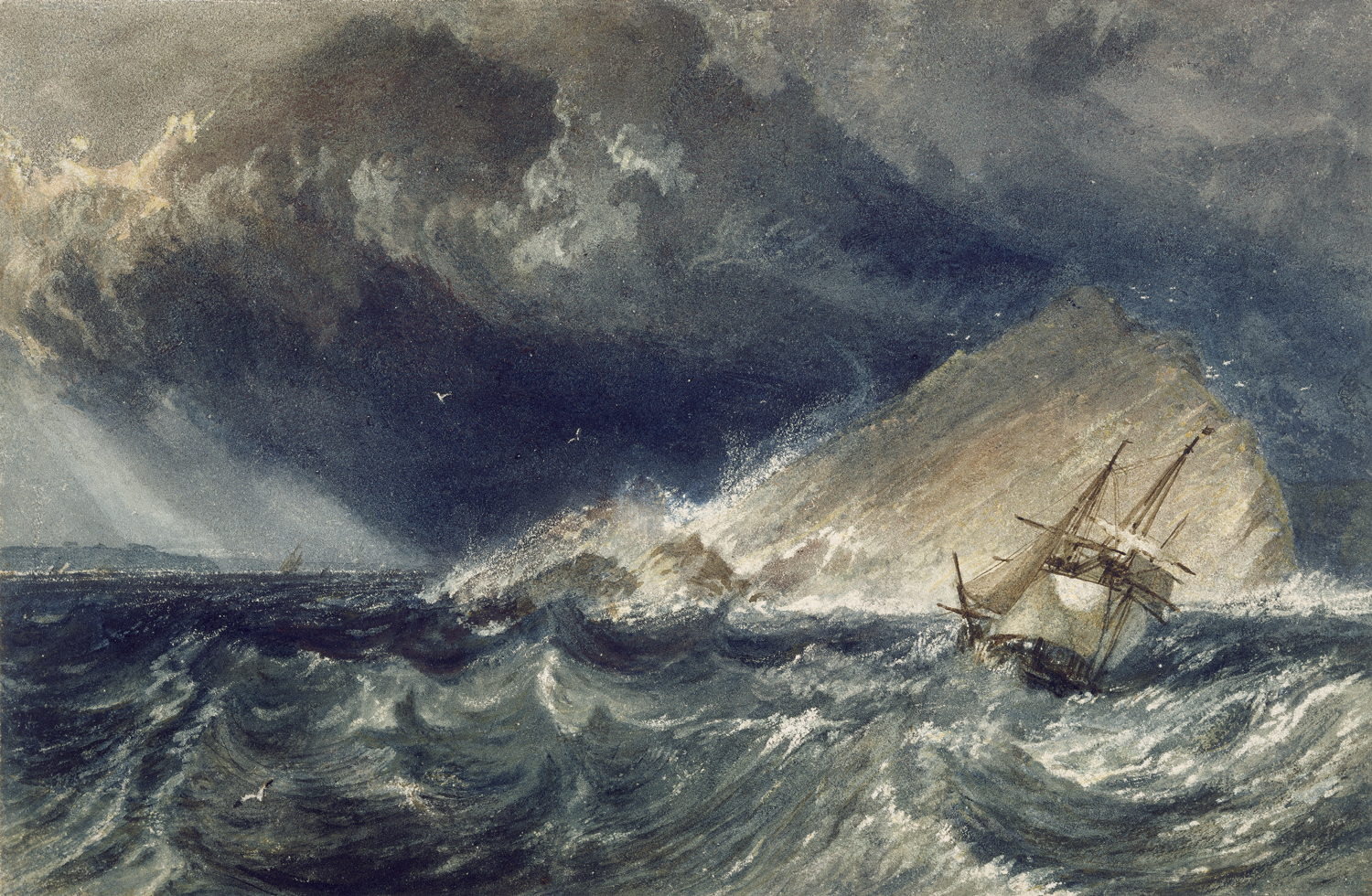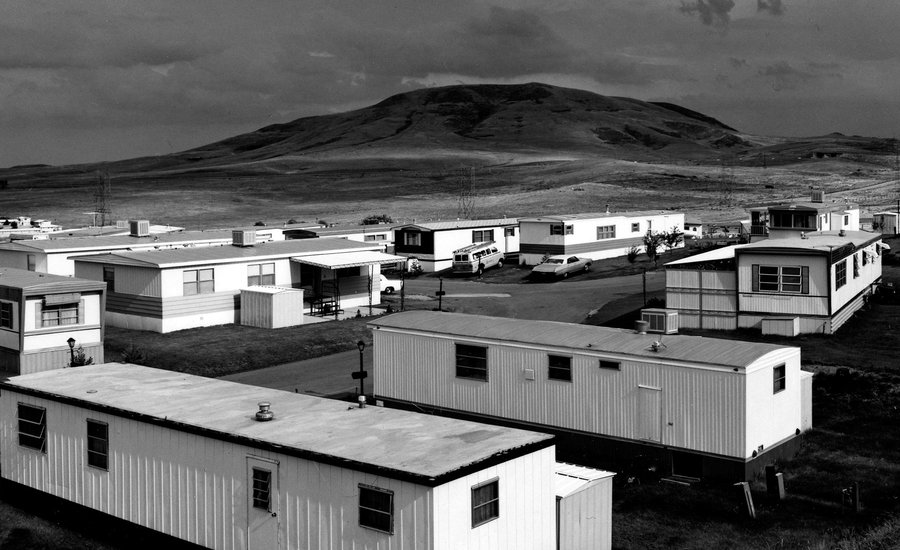THE SUBLIME
The sublime is considered an art term, first invented by Edmund Burke in A Philosophical Enquiry into the Origin of our Ideas of the Sublime and Beautiful published in 1757. Although first invented as an art form, the sublime applies to photography too. It refers to the quality of greatness and aesthetic captured in a photo – for example a clear image with a range of colours and focal points is a good example of the sublime. The purpose of the sublime is to evoke emotion in it’s viewers – whether happiness or fear.


ROMANTICISM IN ART
Photography was primarily inspired by art particularly the romanticism art movement which was prominent towards the late 18th century. Romanticism, first defined as an aesthetic in literary criticism around 1800, gained momentum as an artistic movement in France and Britain in the early decades of the nineteenth century and flourished until mid-century. With its emphasis on the imagination and emotion, Romanticism emerged as a response to the aftermath of the French Revolution of 1789.

Romanticism art in landscapes focuses on the sky and its surroundings however romanticism art primarily focuses on people and emotions – some of the most famous paintings depicting war or love are products of romanticism in an art form.
You will already see that the Romantic movement was broad and far-reaching. Despite the variety of individual expressions encouraged by Romanticism, there are several key Romanticism characteristics, which underlie Romantic art. These include growing nationalism, subjectivity, and concerns with justice and equality.

ROMANTICISM IN PHOTOGRAPHY

Romanticism as an art form crossed between music, painting, photography and many other art forms. Landscape photography was popular at this time, therefore, romantic landscapes were common. The landscapes focused on the beauty of nature and included a lot of running water and vast forests. Romanticism photography focuses on capturing emotion in the image hence why most landscape photos capture running rivers or a windy day and seem to stop it in time, to capture the emotion whether it be happiness or chaos in one photo.

